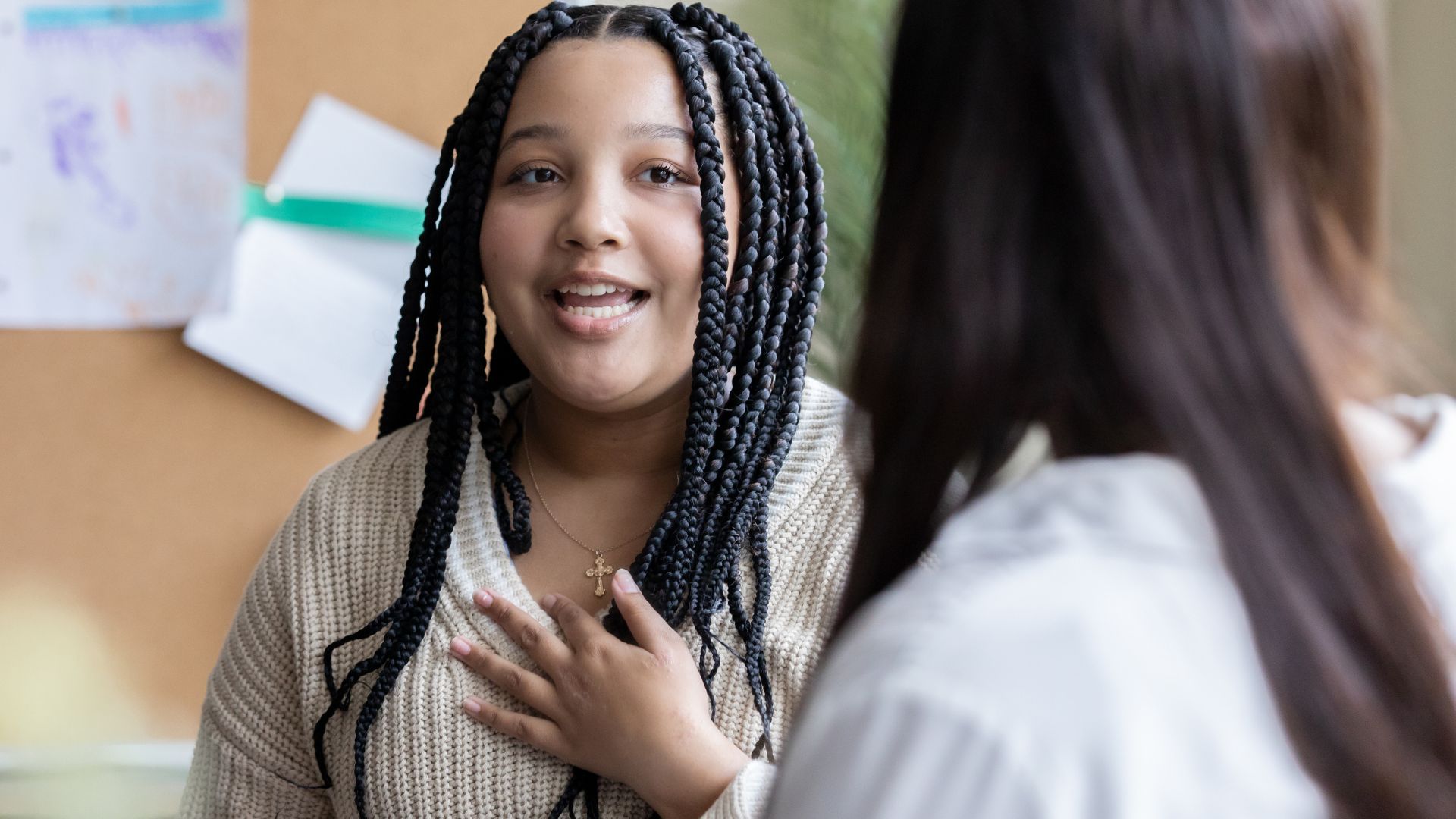Teacher Coaching: Building on the Foundation of PD to Achieve Transfer into Practice
Atul Gawande’s 2011 New Yorker article on coaching made great sense to educators. He extolled the virtue of in-person coaching of his performance in the operating room by a retired expert. Gawande was a highly regarded surgeon at one of Boston’s most prestigious hospitals, and his humility in seeking expert coaching made those of us in professional development smile. If prestigious medical practitioners could benefit from coaching, why not even the most experienced teachers (and administrators)?

This is especially true if we recognize the range and complexity of high-expertise teaching, which was the subject of our last newsletter. Interestingly, the Lee Shulman quote in that article compared surgery with teaching and found teaching even more complicated.

Teaching is perhaps the most complex, most challenging, and most demanding, subtle, nuanced, and frightening activity that our species has ever invented....The only time a physician could possibly encounter a situation of comparable complexity would be in the emergency room of a hospital during a natural disaster. |
Lee ShulmanProfessor Emeritus, Stanford Univ., Past President Carnegie Foundation for the Advancement of Teaching |
Instructional coaching has gotten a much deserved shot in the arm over the last two decades, but the structures and strategies for developing a culture of openness to coaching have not often been created properly. Our in-depth case study of how to do so properly is available here. That case study tells the story of District 2 in New York City in the 90s and the classic story of how Lucy West went about building the most effective corps of coaches in the country incrementally and strategically, a key factor in the District’s amazing elevation of student achievement and national recognition. The careful strategy for evolving a coaching corps that gets teacher buy-in, skillful implementation and sustainability outlined in the case study is crucial.

However, one glaring disconnect has become evident over the years: coaching must be integrated with high-quality professional development that focuses on specific skills with clear guidelines. |
Today, we have outstanding coaching leaders like Elena Aguilar, Jim Knight, Keith Young, and others. Having worked as an instructional coach in Cambridge Public Schools for four years in the 1970s, I appreciate how much the field has evolved. However, one glaring disconnect has become evident over the years: coaching must be integrated with high-quality professional development that focuses on specific skills with clear guidelines.

Our group, Research for Better Teaching, has been active in hundreds of districts across the country with professional development courses for teachers and administrators for 45 years. Yet as course providers it is hard to know how thoroughly the skills we introduce, model, and assign teachers to try out actually transfer into their regular practice. These are the highest leverage skills and strategies validated by one-hundred years of research. But presenting them as powerful and validated with all the persuasion we can muster and reams of research proof isn’t enough.

Effective implementation requires both accountability and on-site coaching by coaches who take four key actions:
- Develop a deep understanding of the skill or approach, including its nuances and practical applications.
- Tailor the skill or approach to each teacher’s classroom context and gather data about progress towards their specific learning goals for student improvement.
- Create regular opportunities for teachers to practice the skills in a supportive environment with their peers.
- Provide classroom-based feedback to ensure the skills are implemented with fidelity according to established guidelines.
1.Understand Deeply
Knight (2024) suggests “one page playbooks” as checklists for proper implementation. We endorse that, having used such one-pagers for decades with such skills as Modeling Thinking Aloud.…
…when teachers first implement strategies, they’re likely just learning them [for the first time], and consequently they struggle to implement them effectively. As a result, teachers either stop using the strategies or modify them to fit their existing pedagogical approaches.

…when teachers first implement strategies, they’re likely just learning them [for the first time], and consequently they struggle to implement them effectively. As a result, teachers either stop using the strategies or modify them to fit their existing pedagogical approaches. |
Jim Knight |
2. Tailor the Approach and Monitor Results
Teachers we are coaching are more likely to internalize the new skill if it is tied to a goal they own for student measurable student improvement.
"…professional developers can partner with teachers to set a student-focused goal and help the teacher refine and improve the practices until the goal is hit. A student-focused goal provides an authentic standard for excellence in a way that no checklist ever can. To hit that standard, teachers have to become good at implementing the strategy, and when they get good at it and then see the results with their students, they are more likely to sustain implementation. [underlining not in the original.]"
- Jim Knight

3. Set up frequent events where teachers practice the skills in safe setting with peers
Now we turn to the powerful research of Joyce and Showers forty years ago (1982) which made a big impact at the time and has now slipped into the crevasse of the forgotten. Admittedly, Joyce and Showers were delivering PD courses to teach complex Models of Teaching. These models have many different behaviors to sequence properly and contain habits of practice that run counter to much of our enculturation as teachers (talk less, question more).

But their carefully researched findings demonstrated transfer into practice only by going through all four of these actions:
- Study the theoretical basis or rationale of the teaching method.
- Observe demonstrations by persons who are relatively expert in the new behavior.
- Practice and get feedback in protected conditions (such as trying out the strategy on each other and then on children who are relatively easy to teach).
- And finally, coach one another as they work the new model into their repertoire, providing companionship, helping each other learn to teach the appropriate responses to their students, figuring out the optimal uses of the model in their courses, and providing one another with ideas and feedback.
4. Provide Specific, Nonjudgmental Feedback
A coach or a peer gives objective feedback according to the specifications of what should occur when implementing the skill or approach. (This is an optimum time for a principal to act as a coach.)
So, What's Missing?
What’s missing from the current voluminous coaching research is this:
- First, expert coaching needs to be married to expert instruction to teachers on how to do new instruction skills. That will up the odds for transfer into practice.
- Second, ensuring all of these functions are present:
- the WHY of the skills,
- the HOW of the skills, and
- the PRACTICE of the skills in safe settings
- followed by on site COACHING using all the subtlety and skill of expert coaches and tied to STUDENT LEARNING GOALS one sets with the teacher
When Kraft et al write that “teacher coaching has emerged as a promising alternative to professional development” they miss the boat. Coaching should be the built-in follow-up to PD, not the alternative.

When Kraft et al write that “teacher coaching has emerged as a promising alternative to professional development” they miss the boat. Coaching should be the built-in follow-up to PD, not the alternative. |
And, we can't leave leaders out of this equation. We need to ensure administrators are trained on:
- How to develop a culture of experimentation and collegiality amongst their staff. That would include being seen as a learner and experimenter with the new skill from the PD themselves in classrooms. Get in there yourself, get your hands dirty, and be vulnerable with something you won’t do perfectly the first time.
- Include observation and support for groups of teachers trying the new practice.

Get in there yourself, get your hands dirty, and be vulnerable with something you won’t do perfectly the first time. |
In Sum
To get the most out of professional development and coaching we must:
- Develop a coaching structure with a slow and strategic plan as illustrated in “Angels Fear to Tread"
- Deliver a four act scenario of:
- Developing deep understanding of new skills through expert instruction to teachers
- Connecting new skills to a measurable goal
- Allowing for frequent practice with peers according to the Joyce and Showers playbook
- Providing feedback according to specifications
- Continue with expert coaching by colleagues steeped in the instructional skill who can marry implementation to a teacher’s learning goals for students.
References
Knight, J. (2025) “Five Myths About Professional Learning.” EL Magazine.
Kraft, M.A, D. Blazar, D Hogan, (2025) “The Effect of Teacher Coaching on Instruction and Achievement: A Meta-Analysis of the Causal Evidence”. American Education Research Journal.
Gawande, A. (2011) “Annals of Medicine: Personal Best.” The New Yorker
Joyce, B. and B. Showers (1982). “The Coaching of Teaching.” Educational Leadership Magazine
Saphier, J. (2024) “Where Angels Fear to Tread.” Complete study: RBT Website Free downloads. Abbreviated version in “Recovering the Lost Legacy of a School System” August 2024, School Administrator.